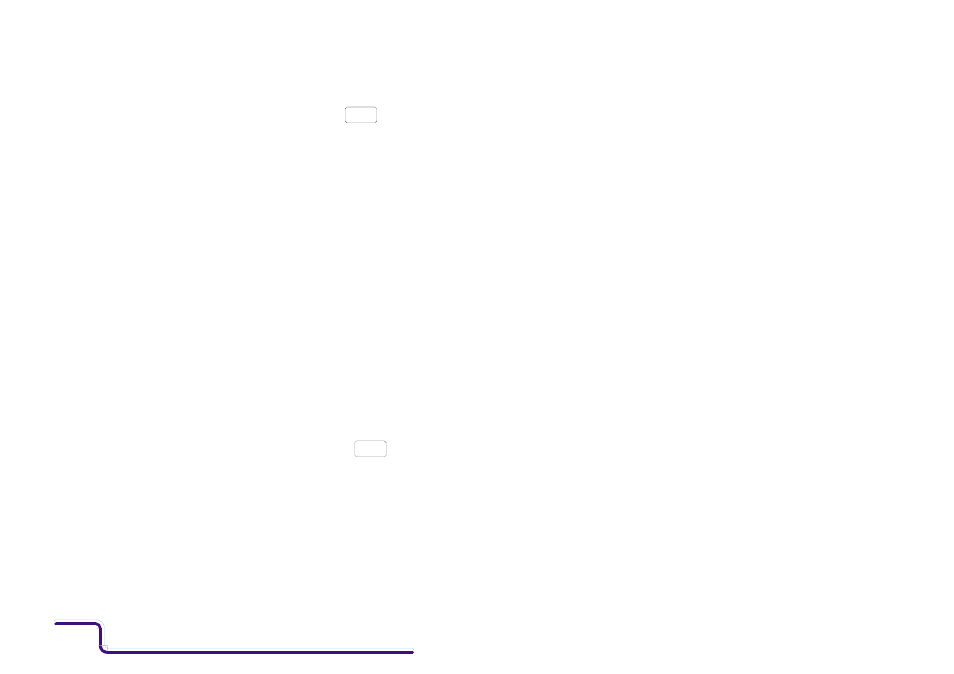Casella CEL CEL-368 User Manual
Page 63

The length of the cumulative period (logging run over which
results are accumulated) is independent of the interval set for
period measurement. It is determined by pressing
to
start and stop logging, or by using the built in timer (see below)
that gives these instruments their ability to produce results for
periods with non-standard lengths.
Cumulative results can be determined for runs shorter than the
interval set for period mode and will depend only on the ability
of the operator to time intervals manually.
Provided ALL FOUR stores are empty at the start of the run, the
only practical limitation on the duration of a long cumulative run
is the availability of power for the instrument (see Section 4.11).
When 999 periods and/or 999 events have been saved in store
1, logging of periods and/or events will stop, but the instrument
will continue to collect cumulative data as space is reserved for
it in the overall memory.
However, if some stores already contain data, the memory may
become completely full before the expected end of a cumulative
run. When this occurs, the instrument will return to stop status
and calculate cumulative results ONLY for the actual period
logged. The true start and end times and dates will be stored
and are available when the results are downloaded or printed.
2.
When parameters have been set as required, press
to
proceed to the status display with the new settings.
Setting Timer ON/OFF
Up to FOUR sets of run and stop times can be specified in the format
HH:MM (day and date cannot be set). Figures 8 shows standard timer
operations, while Figure 9 indicates some of the delay possibilities. If
there is doubt whether the batteries can power the instrument for the
time set, a suitable exernal power supply should be arranged as de-
scribed in Section 4.11.
RUN
PAUSE
EXIT
CEL-268/368 Handbook
Page - 62
